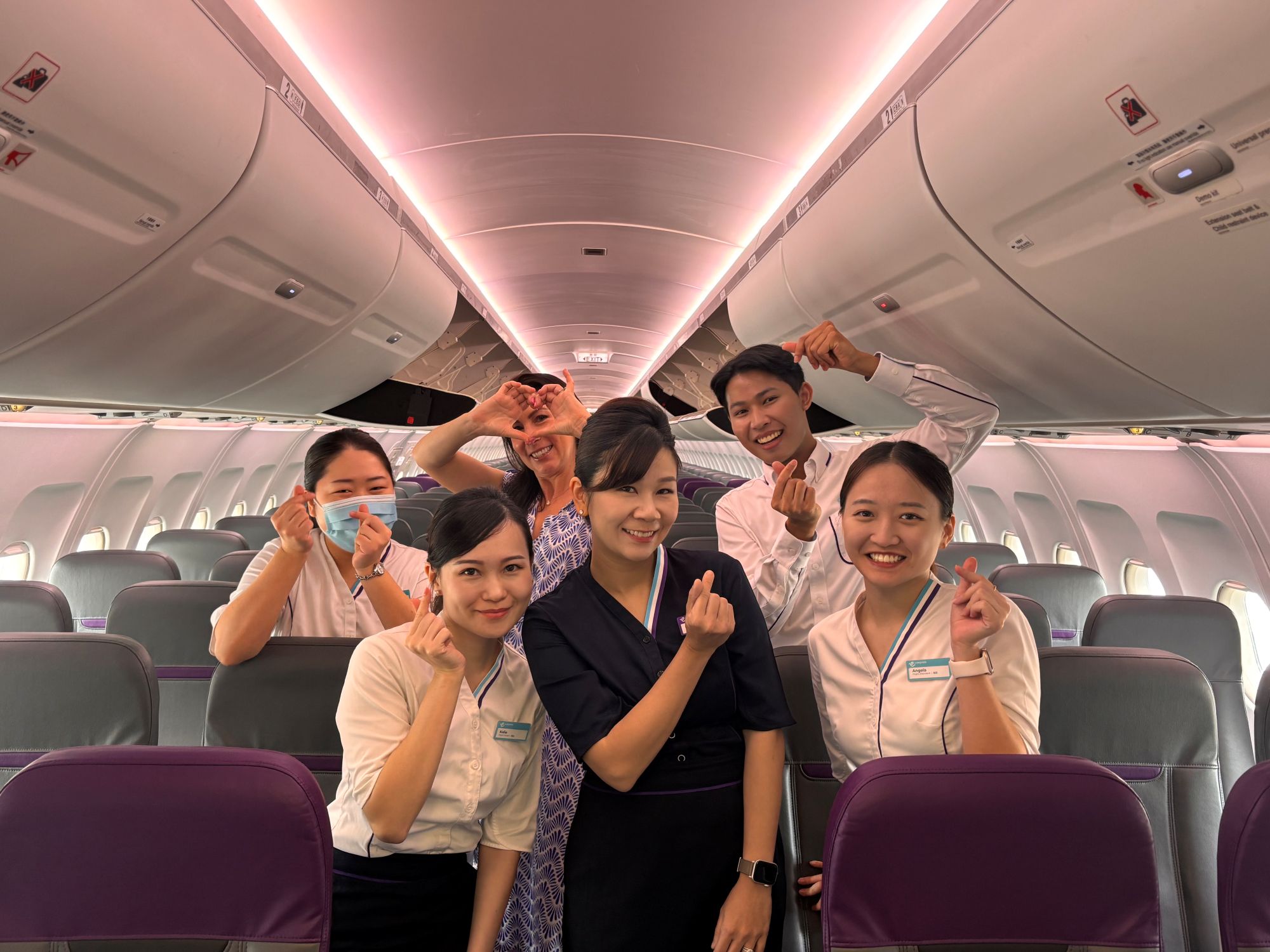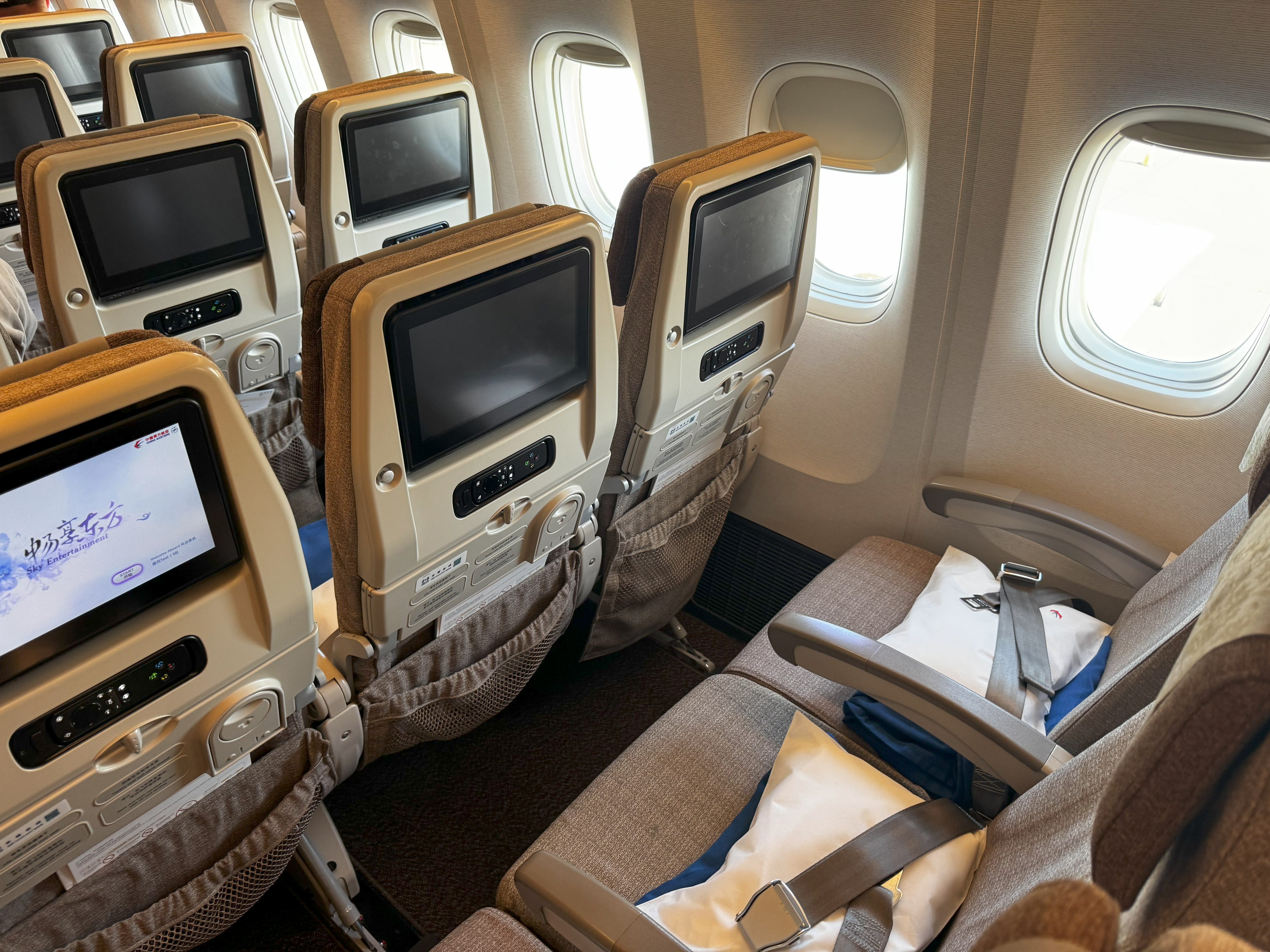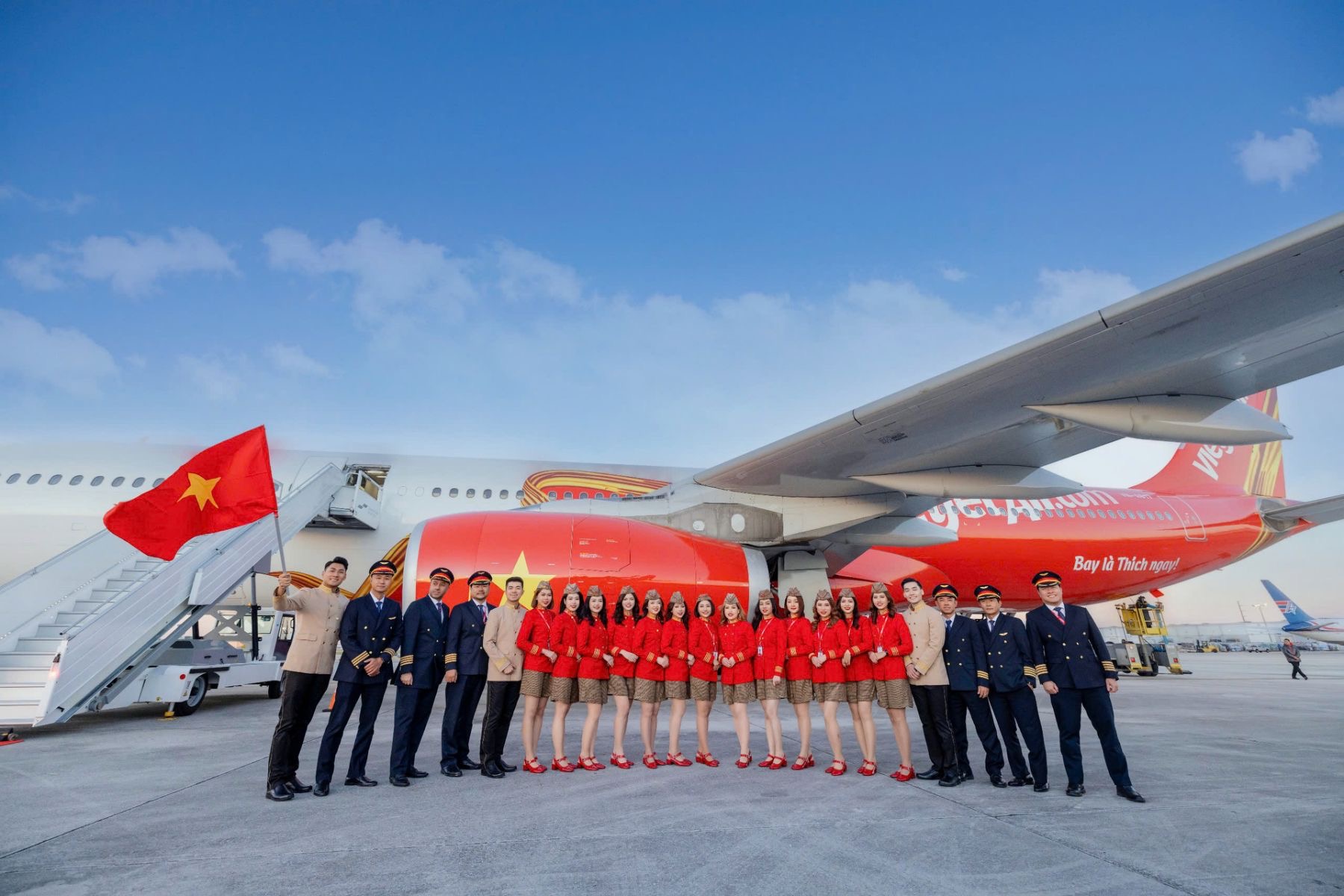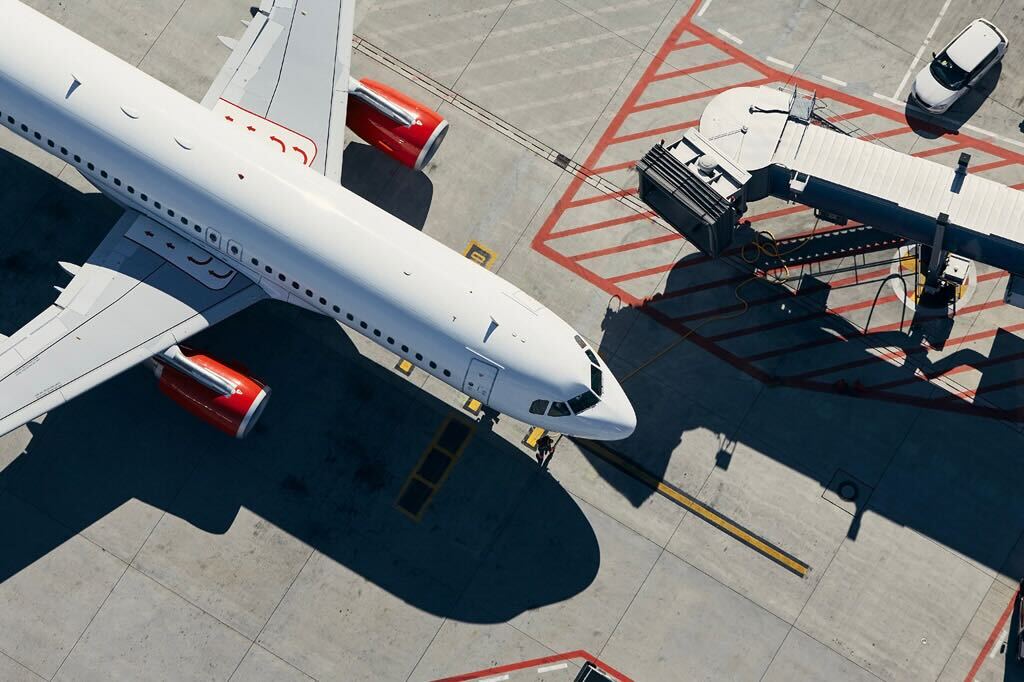By Sharon Petersen
Published Thu Apr 17 2025
When aviation expert Geoffrey Thomas and his wife Christine first created the Airline Ratings brand in 2012, they had a simple goal which was to help travellers feel more informed and confident when choosing who to fly with. In an industry where trust and reliability is everything, they believed that safety should be something visible, recognised, and celebrated—not just expected.
Over the years, the system has grown and whilst we can’t share the brand names, the number of large well known airlines that moved to better safety practices including the IOSA certification because of AirlineRatings was really quite humbling. Today these independently maintained proprietary safety ratings are widely viewed and respected and remain the gold standard for travellers looking to fly safe.
Over the years, something has become clear to us—many people don’t fully understand how we rate airline safety or what goes into the 1-7 star safety rating you see attributed to every airline on our site.
That’s completely okay. Safety is a complex topic, and while all the information is available on our website under each airline's profile (see here), we wanted to take a moment to explain it more simply and personally.
At the heart of it, our ratings are about helping people feel informed and reassured. Every star in our 7-star system is earned through real-world performance and strict criteria. Here’s a closer look at how we decide those ratings:
1. Pilot-Related Incidents
We begin by looking at whether the airline has had serious pilot-related safety incidents.
If no serious issues are found, the airline earns three stars.
If yes, the airline receives between zero and two stars, depending on the severity and frequency.
2. Fatal Accidents in the Last 10 Years
This is perhaps the most sensitive part of our rating process.
If there has been a fatal crash involving passengers or crew in the last decade, three stars are removed from the rating.
Why 10 years? Because we believe it can take that long for an airline’s safety culture to truly change—whether that means upgrading aircraft, investing in technology, or rebuilding internal systems and training.
However, not all fatalities are treated the same:
We do not deduct stars for accidents caused by terrorism, hijacking, or pilot suicide.
We also do not penalize airlines for accidents that were clearly not their fault, like a runway incursion caused by another aircraft or vehicle.
It’s about being fair, balanced, and looking at the full picture.
3. International Safety Audits
We also look at how the airline and its home country perform in major international safety audits. These include:
IOSA (IATA Operational Safety Audit)
ICAO (International Civil Aviation Organization) country safety audit
EU airline bans
FAA safety ratings
If all audits are passed, the airline earns one star. If not, the star is removed.
An exception is made for airlines like EasyJet (UK), which haven’t completed IOSA but have had no crashes in their 30 year history—they still earn the star because their safety record speaks for itself.
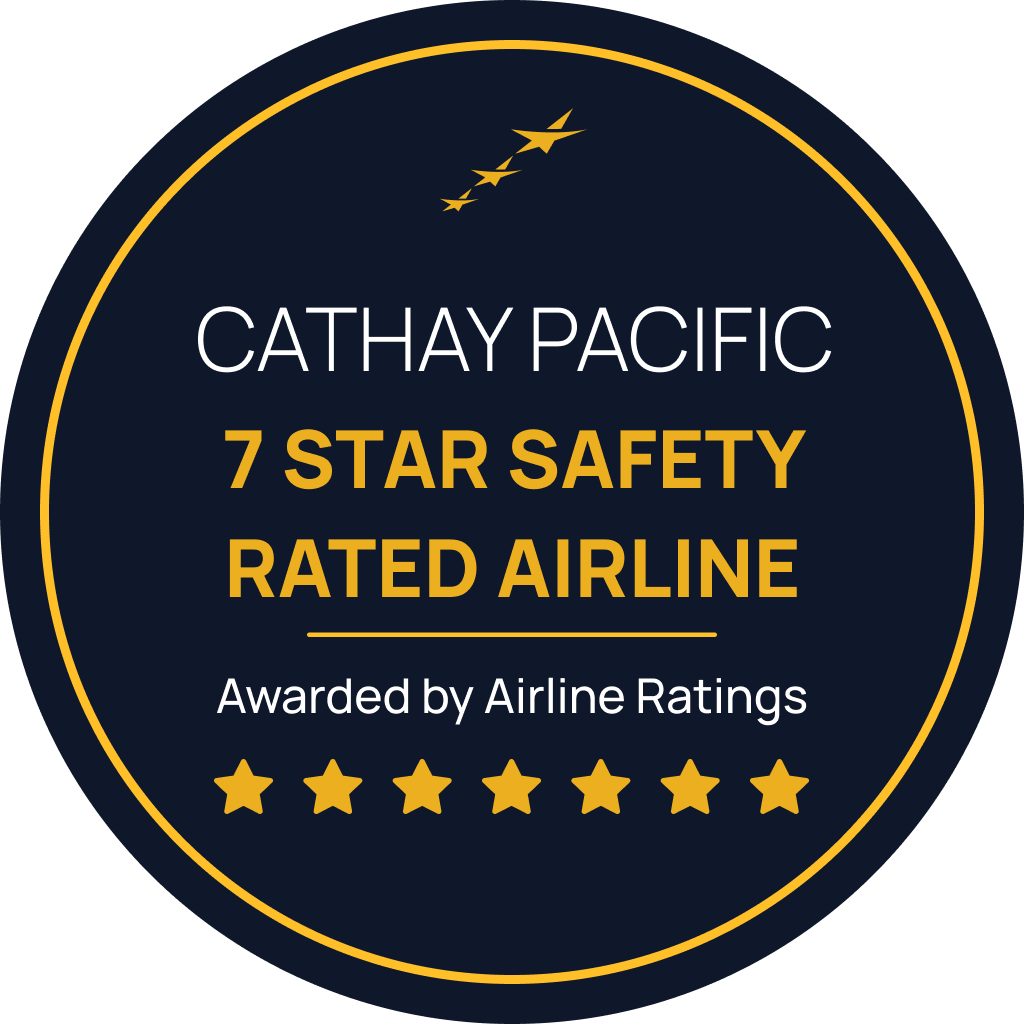
Each January, we release our list of the World’s Safest Airlines, which takes an even deeper look at all the airlines that have earned a seven-star safety rating. From this group, we carefully select the top performers across different categories to highlight the very best in global aviation safety.
If you’d like to learn more about how we choose them, you can explore that here.
But here’s the honest truth: the world of aviation is changing—quickly and constantly. New safety technologies are being introduced, airline fleets are becoming more advanced, and our skies are busier than ever before.
As we’ve watched these changes unfold, we’ve taken time to reflect, to listen, and to learn. And now, after many conversations, much research, and some deep thinking, we’ve decided it’s time for a gentle but important refresh of our safety rating system.
In the coming year, we’ll be updating our criteria to better reflect the realities of modern air travel. That may include new factors such as:
Airline policies around onboard lithium batteries
Whether safety videos include the important message to leave your belongings behind in an evacuation
And the use of advanced safety monitoring tools that weren’t around even a few years ago
Our goal is simple: to make sure our ratings are as current, accurate, and forward-thinking as the airlines we assess.
Beyond our daily check of incidences, we’ll also be checking and updating ratings more frequently throughout the year. So if an airline makes great progress—or unfortunately, falls behind—their rating will reflect that in real time.
This is a big step for us. But it’s a necessary one. And it comes from a place of care—for the industry, for the people working so hard behind the scenes, and for the millions of passengers who rely on our ratings when choosing how and who to fly with.
To every airline we’ve rated: thank you. Thank you for your transparency, your dedication to safety, and your ongoing trust in what we do.
And to every traveller who’s ever visited our site, checked a rating, or reached out with questions: you inspire us. Your interest in flying safely and smartly keeps us motivated and accountable.
Air travel remains the safest form of transportation. Our mission is to help keep it that way—and to work even more closely with our airline partners to promote safety, support best practices, and honour the extraordinary work being done in commercial aviation every single day.
For media or airline enquiries please contact
Sharon Petersen



